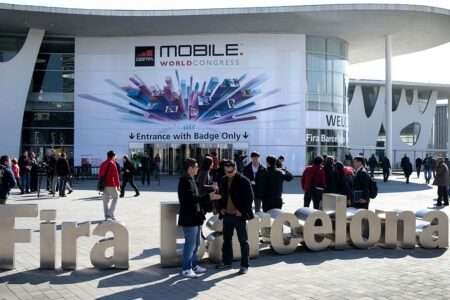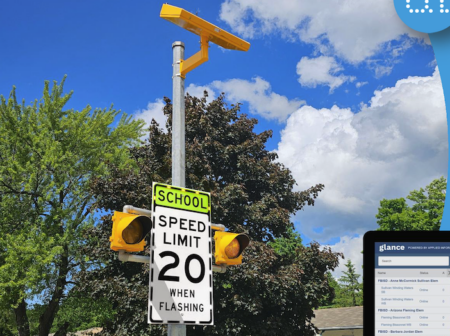Ford and Vodafone are now testing connected vehicle (CV) technology that could alert drivers to an accident ahead moments after it has happened, while also providing an early warning that emergency vehicles are approaching and how to avoid obstructing them.
The consequences of blocking the progress of emergency vehicles and delaying their arrival at the scene of an accident could prove fatal. Research by Austrian road operator ASFINAG shows that survival rates for road accident victims can be improved by as much as 40% if they receive treatment just four minutes more quickly.
The new system being developed by Ford and Vodafone is designed to create an ’emergency corridor’ – a legal requirement in some countries, along which fire engines, ambulances and police vehicles can reach their destinations more quickly – and is currently being trialled as part of KoMoD (Kooperative Mobilität im digitalen Testfeld Düsseldorf); €15m (US$17.3m) project in Germany that has created a real-world on-road testbed for connected and automated vehicle technologies.
Now mandatory on all new cars within the European Union, the eCall system can automatically call emergency services in the event of an accident, and enables occupants to do so manually by pushing an SOS button inside the car.
Anticipating a future where all vehicles communicate with each other via cellular phone networks and embedded modems, Ford and Vodafone are now exploring how their new ‘eCall Plus’ system might also inform other drivers that there is an accident ahead, at a range of up to 1,640ft (500m). Attending emergency vehicles would also issue warnings, using in-car displays to show the correct ’emergency corridor’ formation. On two-lane roads ’emergency corridors’ are created in between the two lanes by drivers pulling over to either side.
The new system complements emergency vehicle warning technology that Ford is also testing at KoMoD. This sends a signal from the ambulance, fire engine or police car directly to nearby drivers, so that they will know the exact location of the vehicle and how far away it is. Ford is also trialling additional CV technologies on the KoMoD testbed, including: the Traffic Light Assistance System, which offers information on traffic signal timings; and a Tunnel Information System that uses messages from roadside units (RSUs) to display to the driver warning messages about speed limits, slowly moving vehicles or lane closures.
“Connected and automated driving are key technologies of the future that can contribute to greater road safety and efficiency across the world,” said Gunnar Herrmann, Ford of Germany’s CEO. “Together with Vodafone and in cooperation with the other companies involved, we will gain decisive insights on the Düsseldorf testing grounds to further advance the networking of vehicles.”
Hannes Ametsreiter, CEO of Vodafone Germany, added, “The digital revolution is bringing new forms of mobility which may help save lives on our roads. When cars communicate with each other, our rescue teams get a clear path forward, so they can provide the right help at the right time, in situations when every second counts.”




